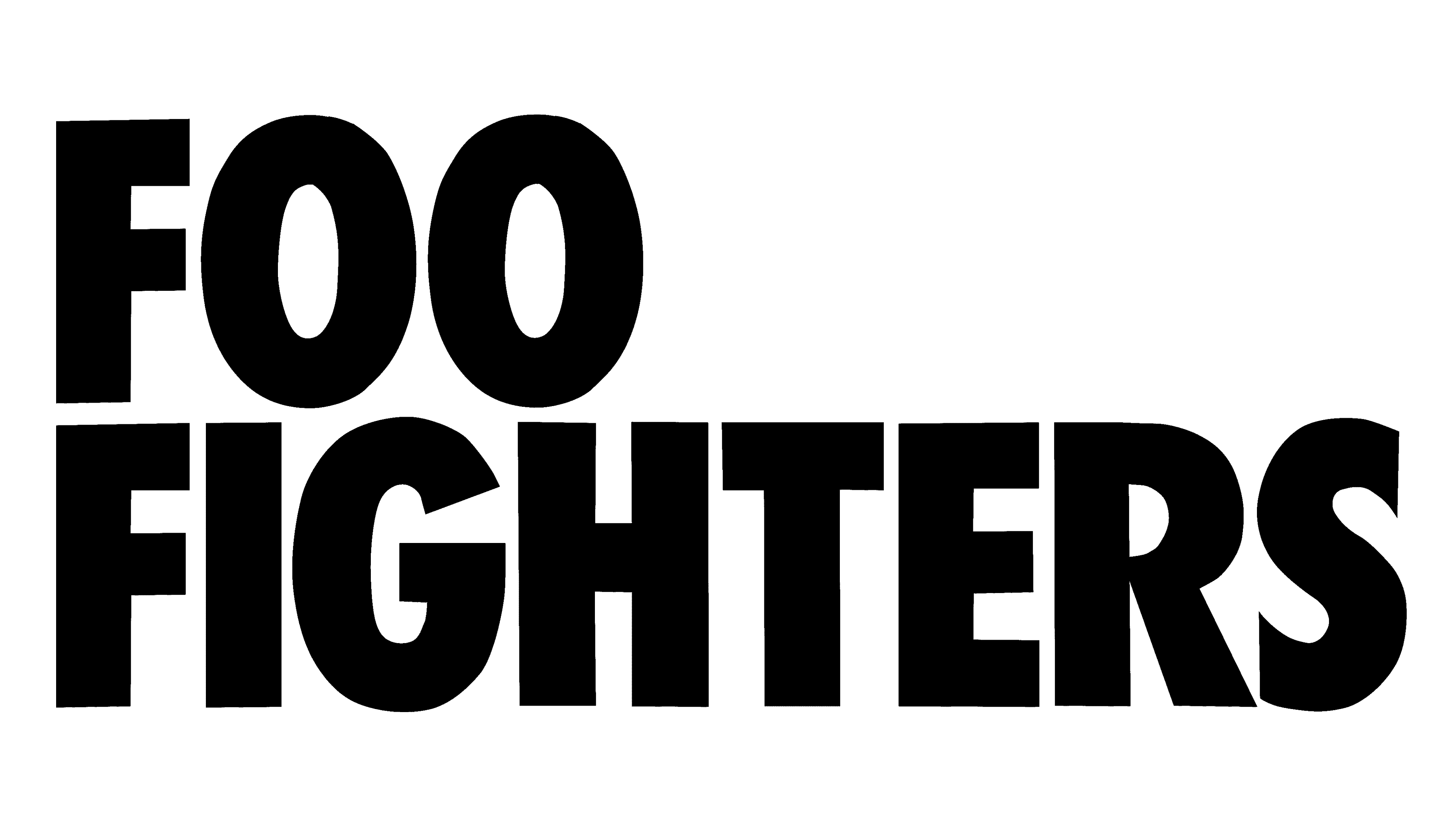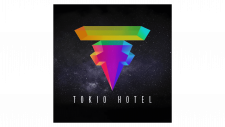Foo Fighters Logo
The Foo Fighters is a famous American rock band. Dave Grohl, a former Nirvana drummer, created the band. He formed it in Seattle. Initially, it was a solo project. Grohl wrote and recorded all the music himself. The band was created to keep making music after Nirvana’s end. Foo Fighters became a full band later. They have since released multiple successful albums. Their music includes rock, alternative rock, and post-grunge genres. They are known for energetic live performances and numerous awards. Foo Fighters have a massive global fan base and continue to influence rock music.
Meaning and history
Foo Fighters was established in 1994 by Dave Grohl, following the dissolution of his previous band, Nirvana. Grohl began the project by recording an entire album’s worth of material by himself. The band’s debut album, “Foo Fighters”, was released in 1995 and marked their entry into the rock scene. Over the years, the band has become known for its rock sound, energetic performances, and major hits such as “Everlong” and “The Pretender”. They have won multiple Grammy Awards and have become one of the most recognized bands in modern rock music.
What is Foo Fighters?
Foo Fighters is a rock band from the United States known for its energetic music and live performances. Dave Grohl, the former drummer for Nirvana, founded the band. They have received numerous accolades, including Grammy Awards, solidifying their status in rock music history.
1995 – 1997
The logo displays the band’s name in bold, capital letters. The letters are evenly spaced and have a clean, modern font. Each character is black and stands out against a white background. The simplicity of the design highlights the band’s straightforward, no-nonsense approach to rock music. The logo is easily recognizable and has become iconic in the music industry. It effectively represents the band’s identity and style. The minimalist design ensures clarity and impact, making it memorable and effective in various media.
1997 – 1999
The new logo adopts a cursive, script-like font, differing from the previous bold, block letters. The letters are connected, giving a fluid and dynamic appearance. This design adds a vintage, classic rock vibe. The black color remains, maintaining the logo’s strong visual impact. The updated style reflects the band’s evolving identity while staying recognizable. The new font choice emphasizes elegance and motion, contrasting with the previous straightforward, modern look.
1998 – Today
The new logo introduces a circular design with a red background. It features two bold “F” letters in black with white outlines. This change contrasts the previous script-like font, adding a more modern and striking look. The circular shape and color choice create a dynamic and memorable visual. The new logo emphasizes simplicity and boldness, reflecting the band’s strong identity and energetic music style.
2002 – 2005
The new logo returns to a text-based design. It features tall, uneven, hand-drawn letters, giving a raw, edgy look. This style contrasts sharply with the previous bold, circular logo. The irregularity of the letters adds a unique, almost chaotic feel. The black font remains, preserving visual impact. This design emphasizes a more organic, artistic approach, reflecting the band’s evolving artistic direction and gritty rock essence.
2005 – 2007
The new logo features a Western-style, 3D font with thick, shadowed letters. It replaces the previous hand-drawn, edgy design. The text curves slightly, adding a dynamic, vintage feel. The brown and beige colors create a rustic, old-timey appearance. This change emphasizes a retro, nostalgic aesthetic, contrasting with the earlier raw, minimalist look. The new design reflects the band’s evolving artistic direction and adds a unique character to their visual identity.
2007 – 2011
The new logo features bold, geometric shapes. The letters are blocky and modern, with a distinct, angular style. This design replaces the previous vintage, Western-inspired font. The use of solid black color maintains visual impact and clarity. The letters “F” and “O” are split, adding a unique, contemporary twist. This updated look emphasizes a strong, modern aesthetic, reflecting the band’s dynamic evolution and forward-thinking approach.
2009 – 2015
The new logo features a modern, angular font with a unique design. The letters “O” and “G” are split with a lightning bolt. This design replaces the previous geometric, blocky font. The use of black color remains consistent, maintaining boldness and visibility. The split letters and lightning bolts add a dynamic, energetic feel. This updated look emphasizes innovation and creativity, reflecting the band’s ongoing evolution and modern rock style.
2011 – 2014
The new logo adopts a sleek, modern font in bright red. This change replaces the previous angular, black design. The letters are clean and evenly spaced, giving a minimalist, contemporary look. The bright red color adds vibrancy and energy. This updated design emphasizes simplicity and modernity, reflecting the band’s fresh, dynamic approach. The shift from black to red signifies a bold, new direction, while maintaining the recognizable name.
2017 – 2021
The new logo features a stylized “FF” monogram inside a diamond shape. This design replaces the previous minimalist red text logo. The monogram is gold, conveying a sense of prestige and sophistication. The geometric design is clean and modern, emphasizing simplicity and elegance. This update reflects a refined, mature aesthetic, aligning with the band’s enduring legacy. The shift to a symbolic representation marks a departure from text-based logos, focusing on a strong, recognizable icon.
2021 – Today
The new logo reverts to a bold, all-caps text design. This change replaces the previous stylized “FF” monogram inside a diamond shape. The font is thick and black, ensuring strong visual impact. The letters are evenly spaced and straightforward, reflecting simplicity and strength. This updated design emphasizes a clear, no-nonsense approach, aligning with the band’s powerful rock identity. The shift from a symbolic icon back to text highlights a return to basics, making the band’s name the focal point.





















